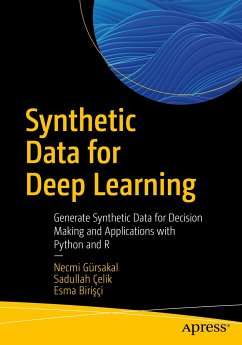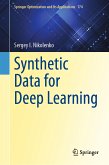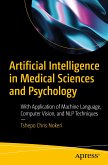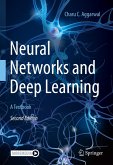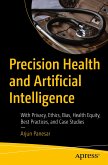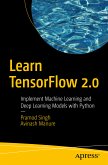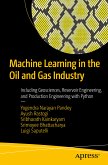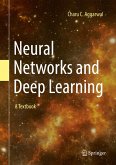Data is the indispensable fuel that drives the decision making of everything from governments, to major corporations, to sports teams. Its value is almost beyond measure. But what if that data is either unavailable or problematic to access? That's where synthetic data comes in. This book will show you how to generate synthetic data and use it to maximum effect.
Synthetic Data for Deep Learning begins by tracing the need for and development of synthetic data before delving into the role it plays in machine learning and computer vision. You'll gain insight into how synthetic data can be used to study the benefits of autonomous driving systems and to make accurate predictions about real-world data. You'll work through practical examples of synthetic data generation using Python and R, placing its purpose and methods in a real-world context. Generative Adversarial Networks (GANs) are also covered in detail, explaining how they work and their potential applications.
After completing this book, you'll have the knowledge necessary to generate and use synthetic data to enhance your corporate, scientific, or governmental decision making.
Hinweis: Dieser Artikel kann nur an eine deutsche Lieferadresse ausgeliefert werden.
Synthetic Data for Deep Learning begins by tracing the need for and development of synthetic data before delving into the role it plays in machine learning and computer vision. You'll gain insight into how synthetic data can be used to study the benefits of autonomous driving systems and to make accurate predictions about real-world data. You'll work through practical examples of synthetic data generation using Python and R, placing its purpose and methods in a real-world context. Generative Adversarial Networks (GANs) are also covered in detail, explaining how they work and their potential applications.
After completing this book, you'll have the knowledge necessary to generate and use synthetic data to enhance your corporate, scientific, or governmental decision making.
What You Will Learn
- Create synthetic tabular data with R and Python
- Understand how synthetic data is important for artificial neural networks
- Master the benefits and challenges of synthetic data
- Understand concepts such as domain randomization and domain adaptation related to synthetic data generation
Dieser Download kann aus rechtlichen Gründen nur mit Rechnungsadresse in A, B, BG, CY, CZ, D, DK, EW, E, FIN, F, GR, HR, H, IRL, I, LT, L, LR, M, NL, PL, P, R, S, SLO, SK ausgeliefert werden.
Hinweis: Dieser Artikel kann nur an eine deutsche Lieferadresse ausgeliefert werden.
Es gelten unsere Allgemeinen Geschäftsbedingungen: www.buecher.de/agb
Impressum
www.buecher.de ist ein Internetauftritt der buecher.de internetstores GmbH
Geschäftsführung: Monica Sawhney | Roland Kölbl | Günter Hilger
Sitz der Gesellschaft: Batheyer Straße 115 - 117, 58099 Hagen
Postanschrift: Bürgermeister-Wegele-Str. 12, 86167 Augsburg
Amtsgericht Hagen HRB 13257
Steuernummer: 321/5800/1497
USt-IdNr: DE450055826
Bitte wählen Sie Ihr Anliegen aus.
Rechnungen
Retourenschein anfordern
Bestellstatus
Storno

